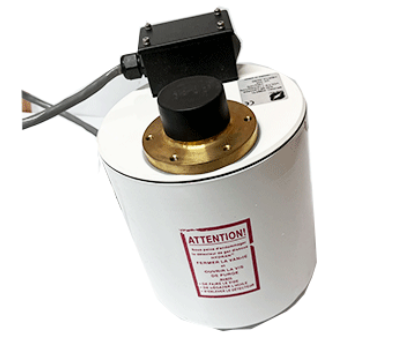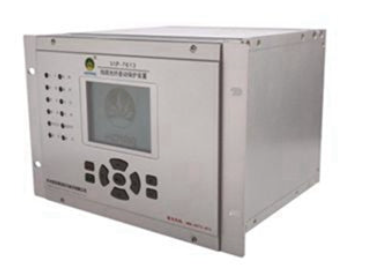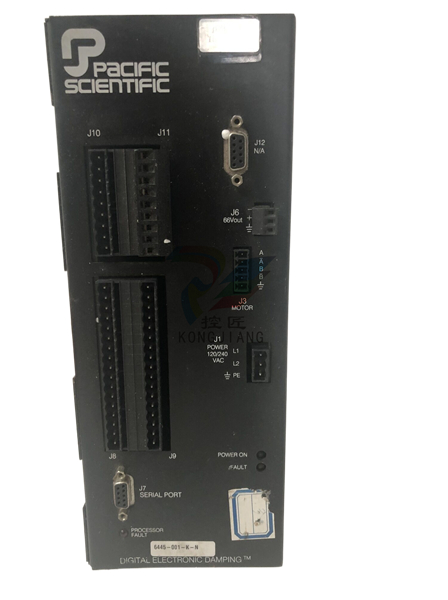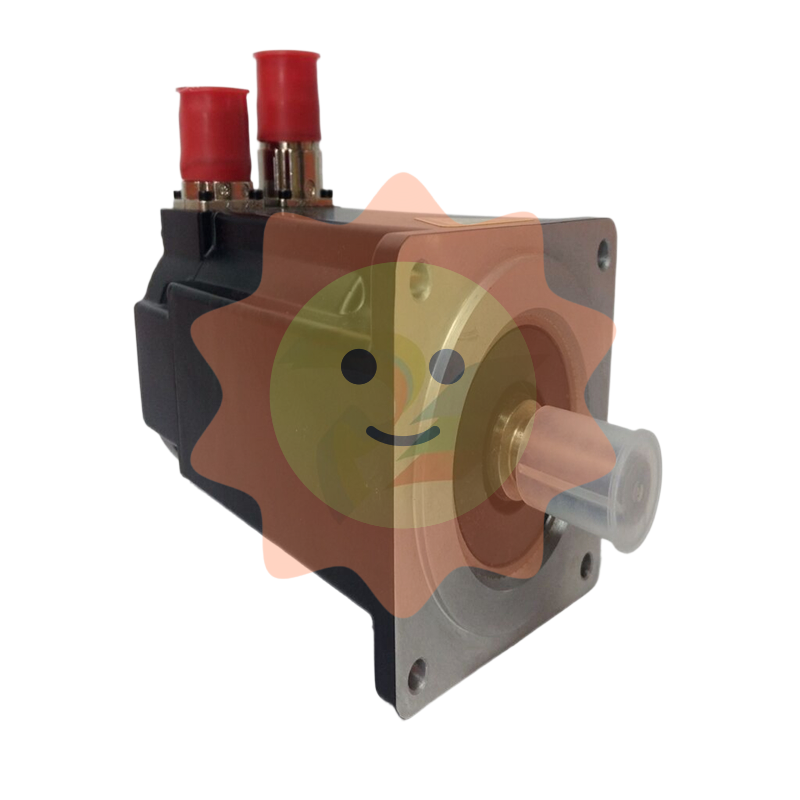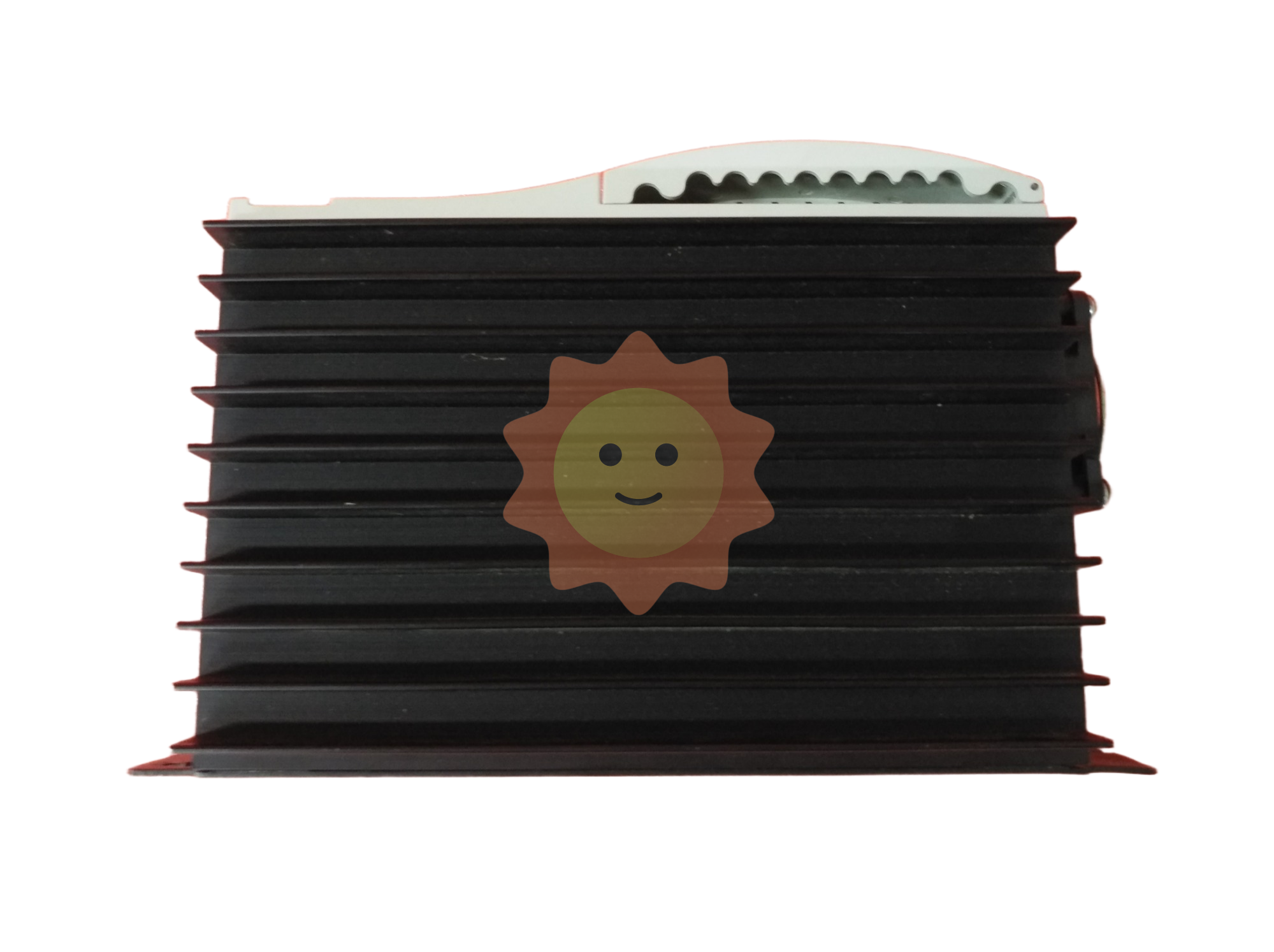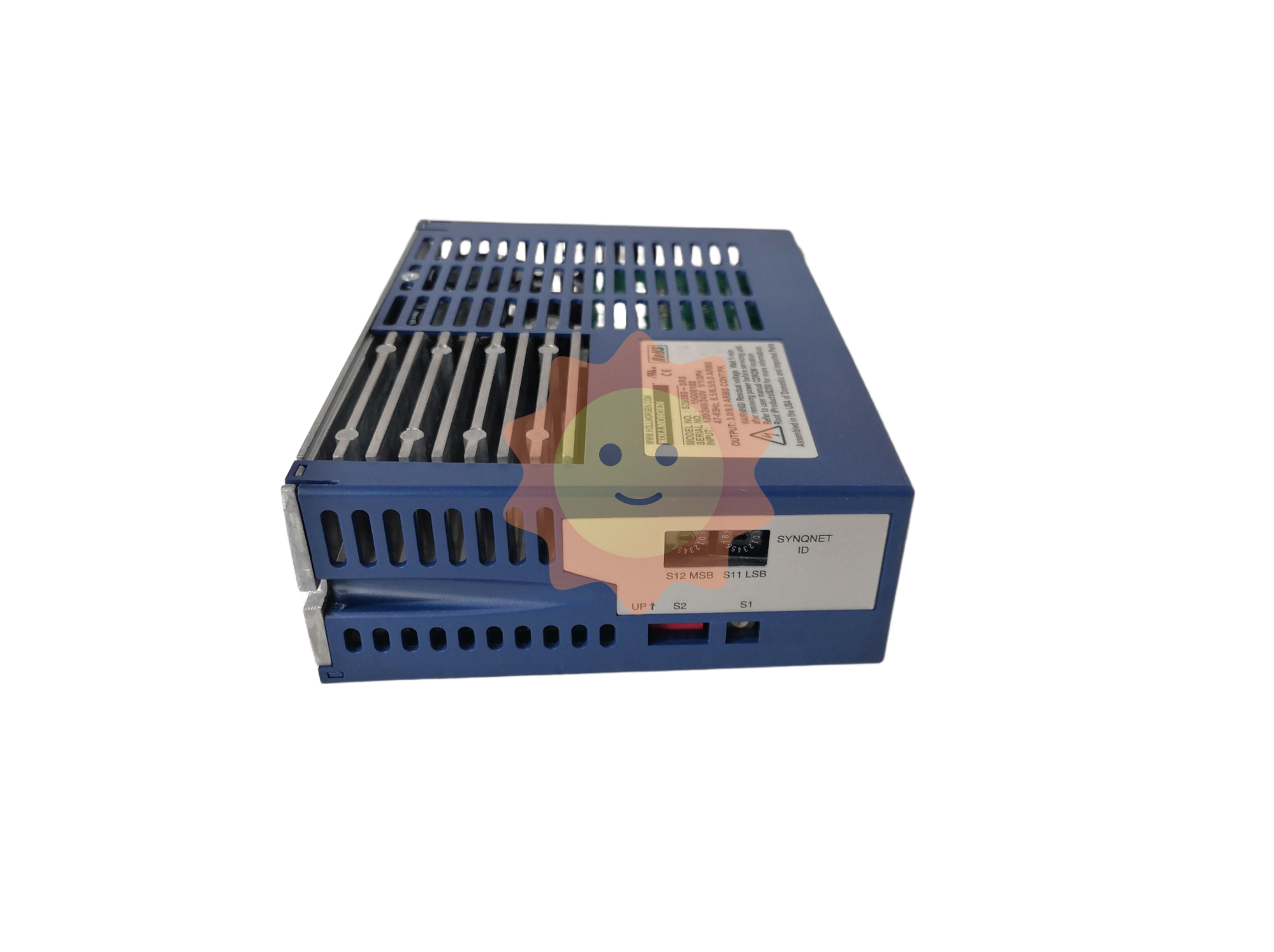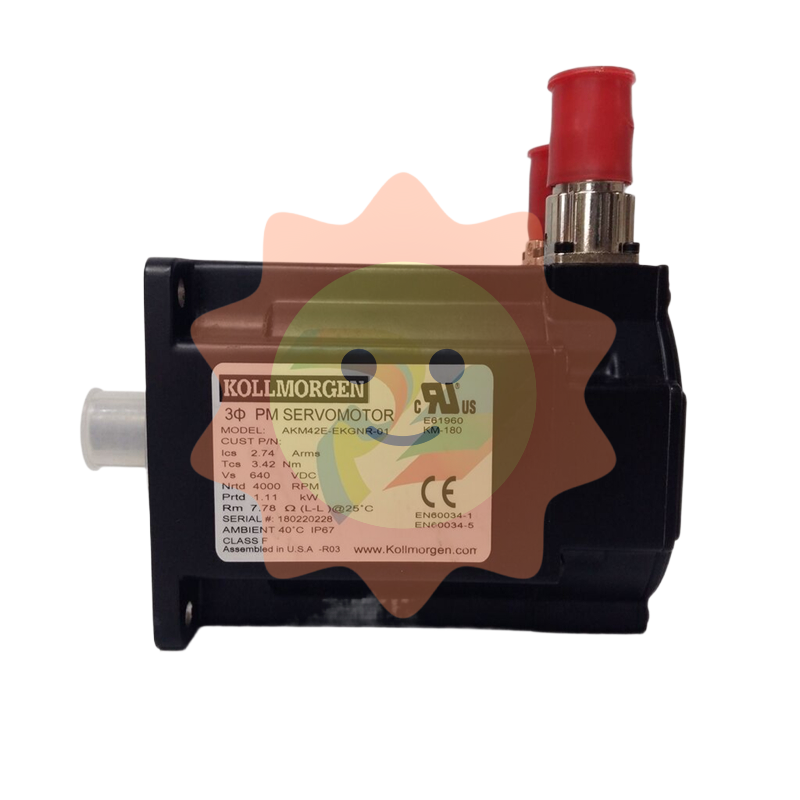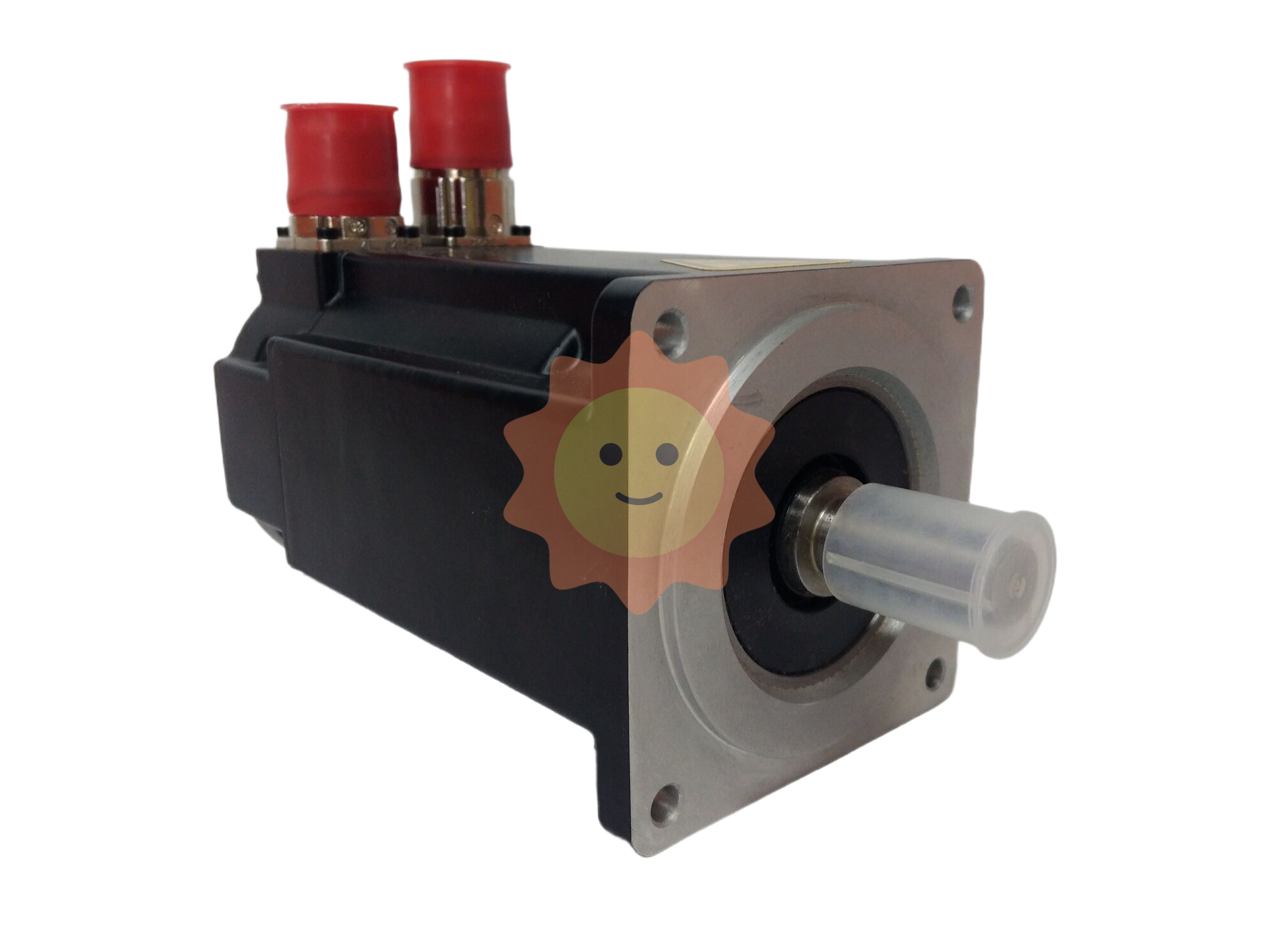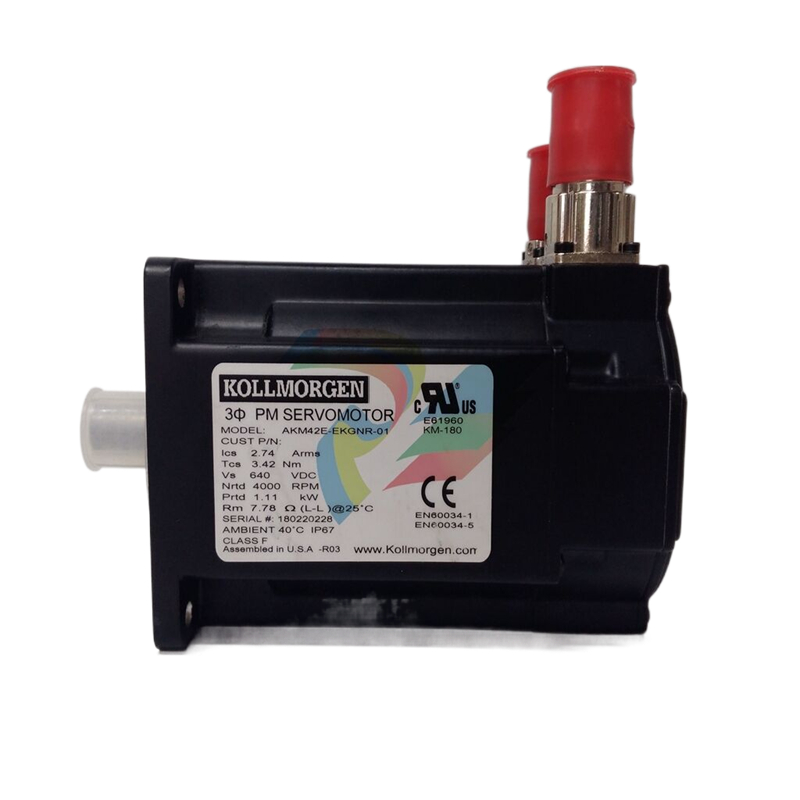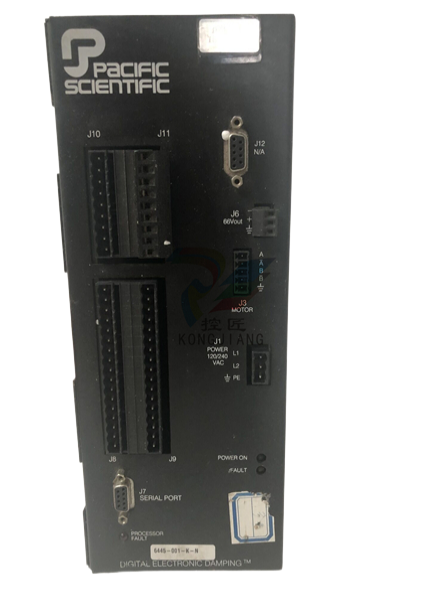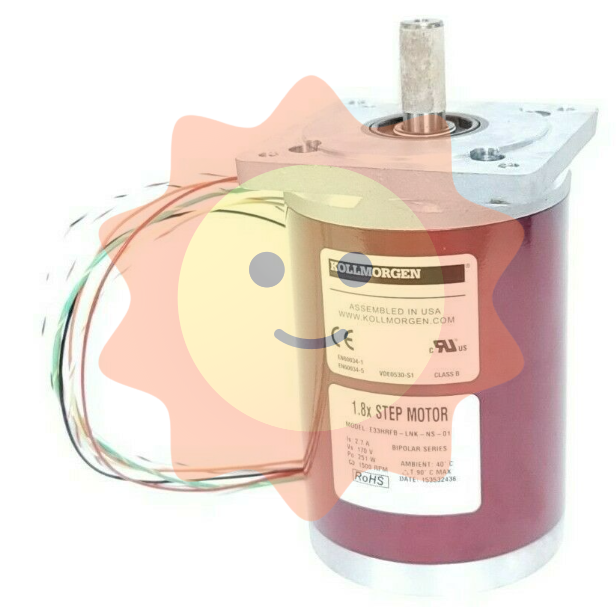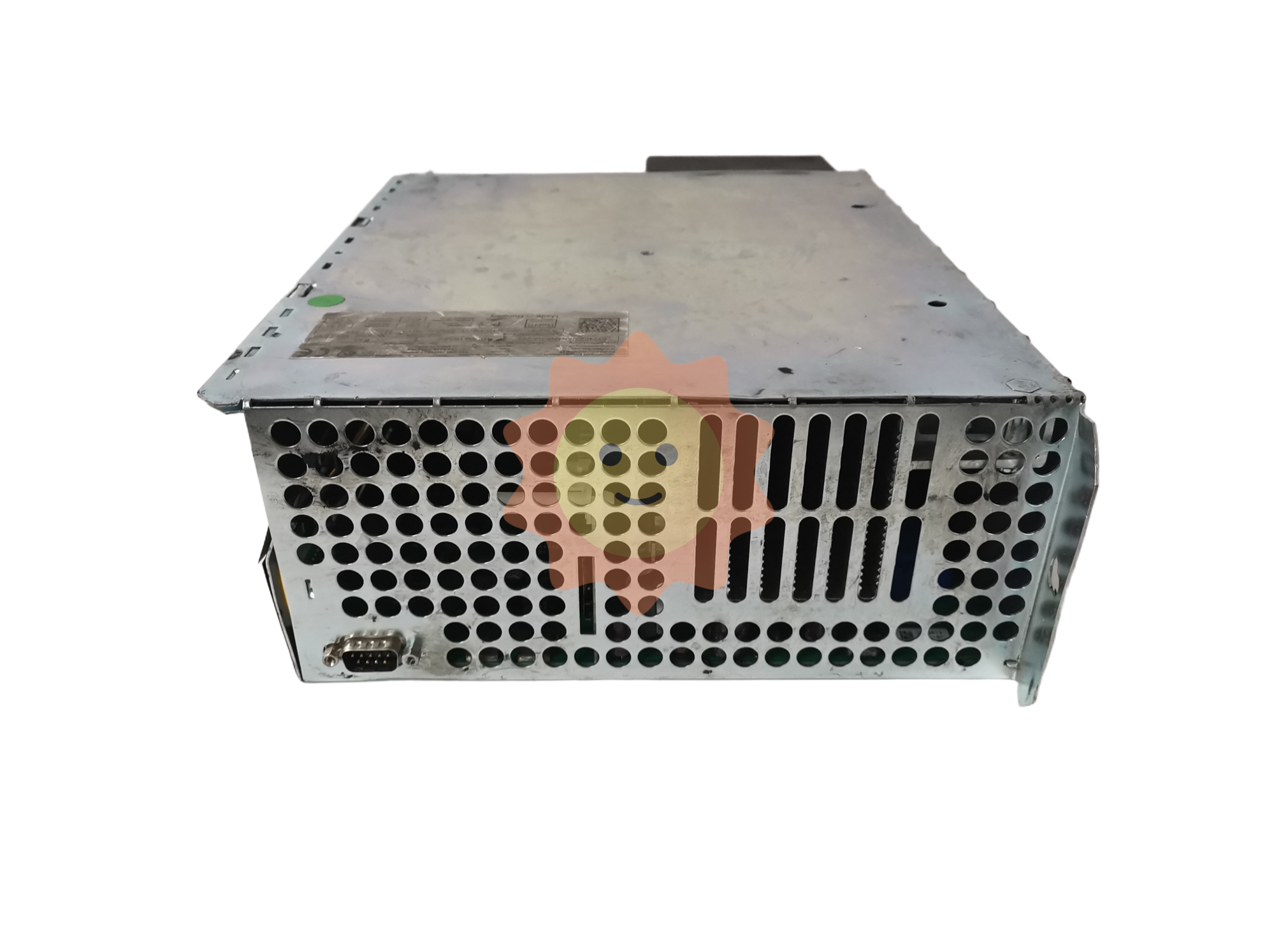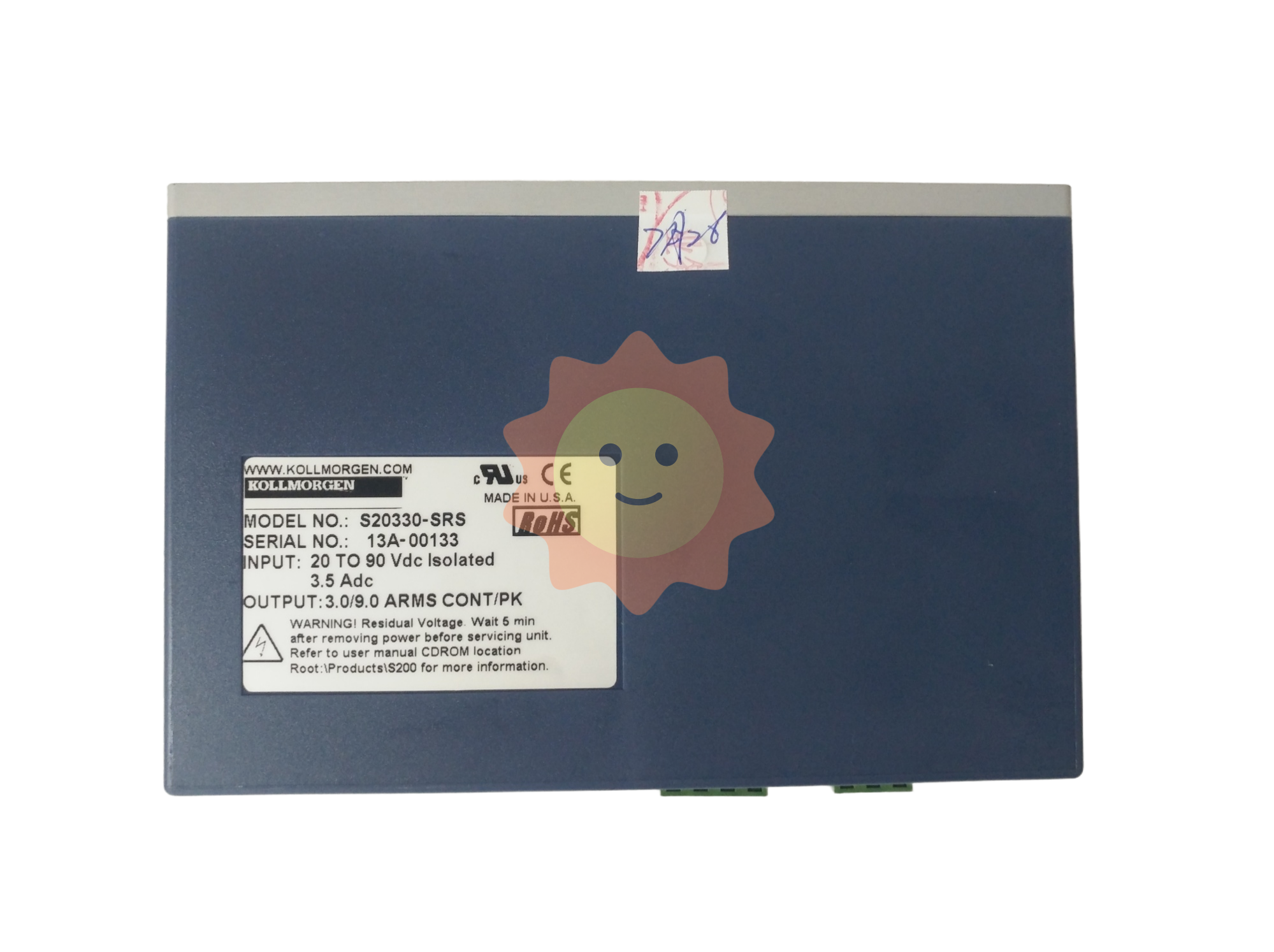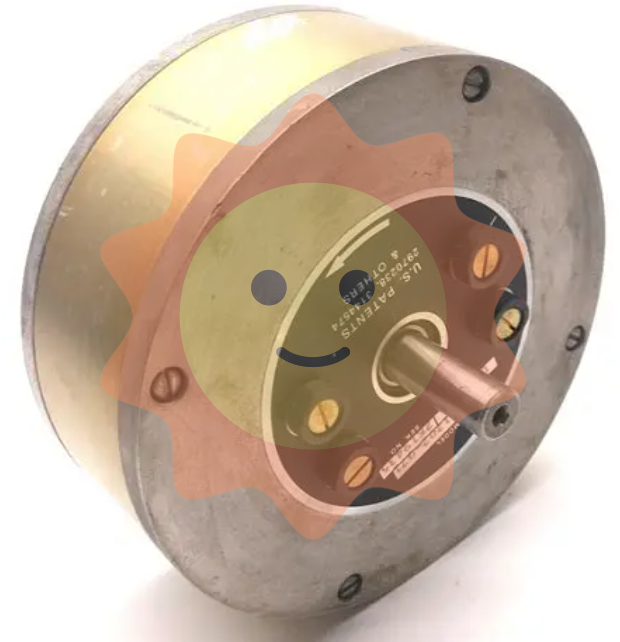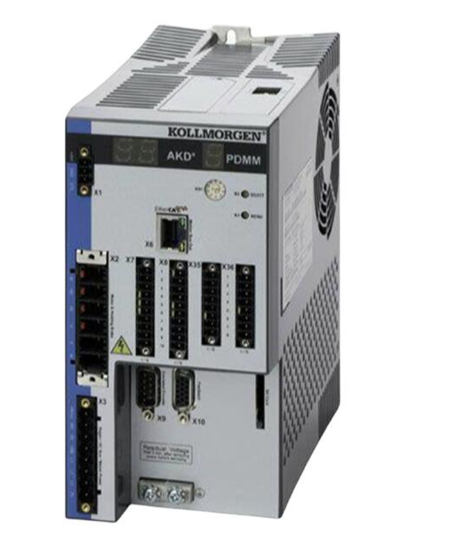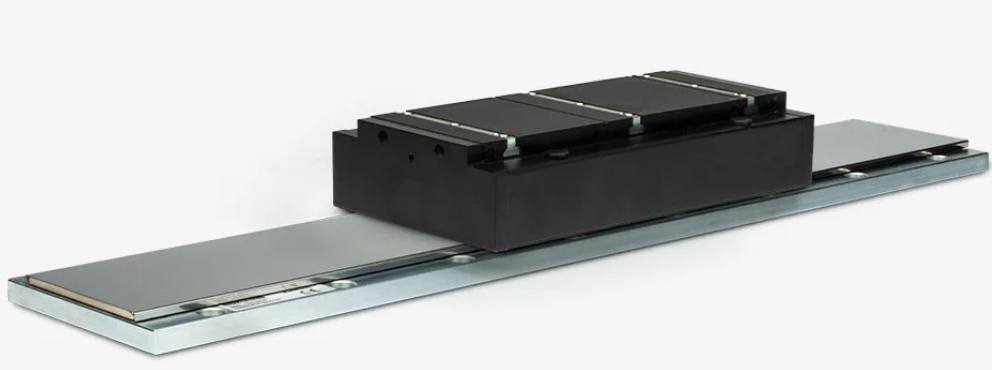China's chemical fiber industry migration path and chemical fiber industry development trend panorama
In addition, the global chemical fiber industry has begun to shift to India, and India has become the focus of development of the global chemical fiber industry, ranking second in the world, but there is still a big gap with China.
The United States and Western Europe is the birthplace of the world's chemical fiber industry, since the 1990s, began to gradually withdraw from conventional chemical fiber production, or through merger and reorganization, to form a larger scale of professional enterprise groups. Japan's chemical fiber industry adheres to the profit-oriented development idea, and some enterprises withdraw from the non-profit field, and Japan's chemical fiber output declines. The focus of the development of chemical fiber industry in Taiwan is to actively explore overseas markets, transfer or expand the production base overseas, and the original local enterprises are mainly based on research and development and product upgrading.

By studying the characteristics of the migration path of the global chemical fiber industry, it is found that the chemical fiber industry is transferred from developed countries (the United States, South Korea, Japan, etc.) to developing countries (China, India, etc.), and this division of labor adjustment mainly takes into account costs, including labor costs, energy consumption costs, pollution emission treatment costs and other factors. Developed countries tend to use their core resources for innovation.
China's chemical fiber industry migration path
Since 2016, the chemical fiber industry has entered a period of adjustment
Chemical fiber industry is an industry with international competitive advantages in China, an important pillar industry to enhance the overall competitiveness of the textile industry, and an important part of strategic emerging industries.
From the perspective of production changes, the production growth rate from 2009 to 2015 basically remained around 8%, and the production growth rate from 2016 to 2018 fell sharply, and the compound production growth rate was less than 1%. In summary, after 2016, China's chemical fiber production growth is slow, and the chemical fiber industry has entered a period of adjustment.
Overall, the average capacity utilization rate of chemical fiber manufacturing industry is higher than the national industrial capacity utilization rate and manufacturing capacity utilization rate. However, by comparing the quarterly and cumulative data of the capacity utilization rate of the chemical fiber manufacturing industry in 2017-2018, it was found that the annual capacity utilization level declined in 2018, and the capacity utilization rate declined in each quarter. It is worth noting that the capacity utilization rate has declined but the output is still growing, which indicates that China's chemical fiber enterprises are still blindly expanding production capacity in the case of excess capacity.
China's chemical fiber industry is still facing great challenges. The production technology of conventional chemical fiber products ranks the world's advanced level, but the production capacity is structurally excessive and the industry's profitability is declining. The industry's independent innovation ability is weak, the proportion of high value-added and high-tech products is low, and it can not well adapt to the functional, green, differentiated and personalized consumption upgrading needs; High-performance fiber manufacturing costs are high, the quality is unstable, it is difficult to meet the development needs of aerospace and other fields.
In 2017, China imported 916,800 tons of chemical fiber products, and the imported products were mainly viscotic staple fiber, accounting for 22.63%, which was related to the late start of domestic lyocell fiber industrial production and low output; The export of chemical fiber products was 4.0458 million tons, much higher than the import volume; Polyester filament and polyester staple fiber are the main ones, accounting for 75.62% in total.
Analysis of migration path of China's chemical fiber industry
In terms of the absolute volume change, the chemical fiber industry gradually moved out of Shandong, Shanghai, Tianjin, Heilongjiang, Beijing and Gansu regions; The chemical fiber industry in Hainan and Shanxi has been completely cleared.
In terms of relative volume, in 2008, chemical fiber manufacturing was mainly concentrated in Zhejiang (43.83%) and Jiangsu (32.88%), followed by Fujian (6.28%), and the market share in the rest of the region did not exceed 4%; In 2018, chemical fiber weaving was mainly concentrated in Zhejiang (45.54%), Jiangsu (27.35%) and Fujian (13.87%), and the market share of the remaining regions was not more than 2%; The market concentration in the top three regions has further increased. China's chemical fiber industry further migrated to Fujian and Zhejiang regions, Jiangsu region of chemical fiber manufacturing capacity is relatively saturated, there is a trend of spreading to the surrounding coastal areas.

At present, the chemical fiber industry is mainly concentrated in three coastal areas of Zhejiang, Jiangsu and Fujian. The coastal area is the traditional industrial base of China's textile industry, and the chemical fiber industry is the upstream industry of the textile industry, and the clustering characteristics of the chemical fiber industry are closely related to the textile industry.
- EMERSON
- Honeywell
- CTI
- Rolls-Royce
- General Electric
- Woodward
- Yaskawa
- xYCOM
- Motorola
- Siemens
- Rockwell
- ABB
- B&R
- HIMA
- Construction site
- electricity
- Automobile market
- PLC
- DCS
- Motor drivers
- VSD
- Implications
- cement
- CO2
- CEM
- methane
- Artificial intelligence
- Titanic
- Solar energy
- Hydrogen fuel cell
- Hydrogen and fuel cells
- Hydrogen and oxygen fuel cells
- tyre
- Chemical fiber
- dynamo
- corpuscle
- Pulp and paper
- printing
- fossil
- FANUC
- Food and beverage
- Life science
- Sewage treatment
- Personal care
- electricity
- boats
- infrastructure
- Automobile industry
- metallurgy
- Nuclear power generation
- Geothermal power generation
- Water and wastewater
- Infrastructure construction
- Mine hazard
- steel
- papermaking
- Natural gas industry
- Infrastructure construction
- Power and energy
- Rubber and plastic
- Renewable energy
- pharmacy
- mining
- Plastic industry
- Schneider
- Kongsberg
- NI
- Wind energy
- International petroleum
- International new energy network
- gas
- WATLOW
- ProSoft
- SEW
- wind
- ADVANCED
- Reliance
- YOKOGAWA
- TRICONEX
- FOXBORO
- METSO
- MAN
- Advantest
- ADVANCED
- ALSTOM
- Control Wave
- AB
- AMAT
- STUDER
- KONGSBERG
- MOTOROLA
- DANAHER MOTION
- Bently
- Galil
- EATON
- MOLEX
- Triconex
- DEIF
- B&W
- ZYGO
- Aerotech
- DANFOSS
- KOLLMORGEN
- Beijer
- Endress+Hauser
- MOOG


Email:wang@kongjiangauto.com

